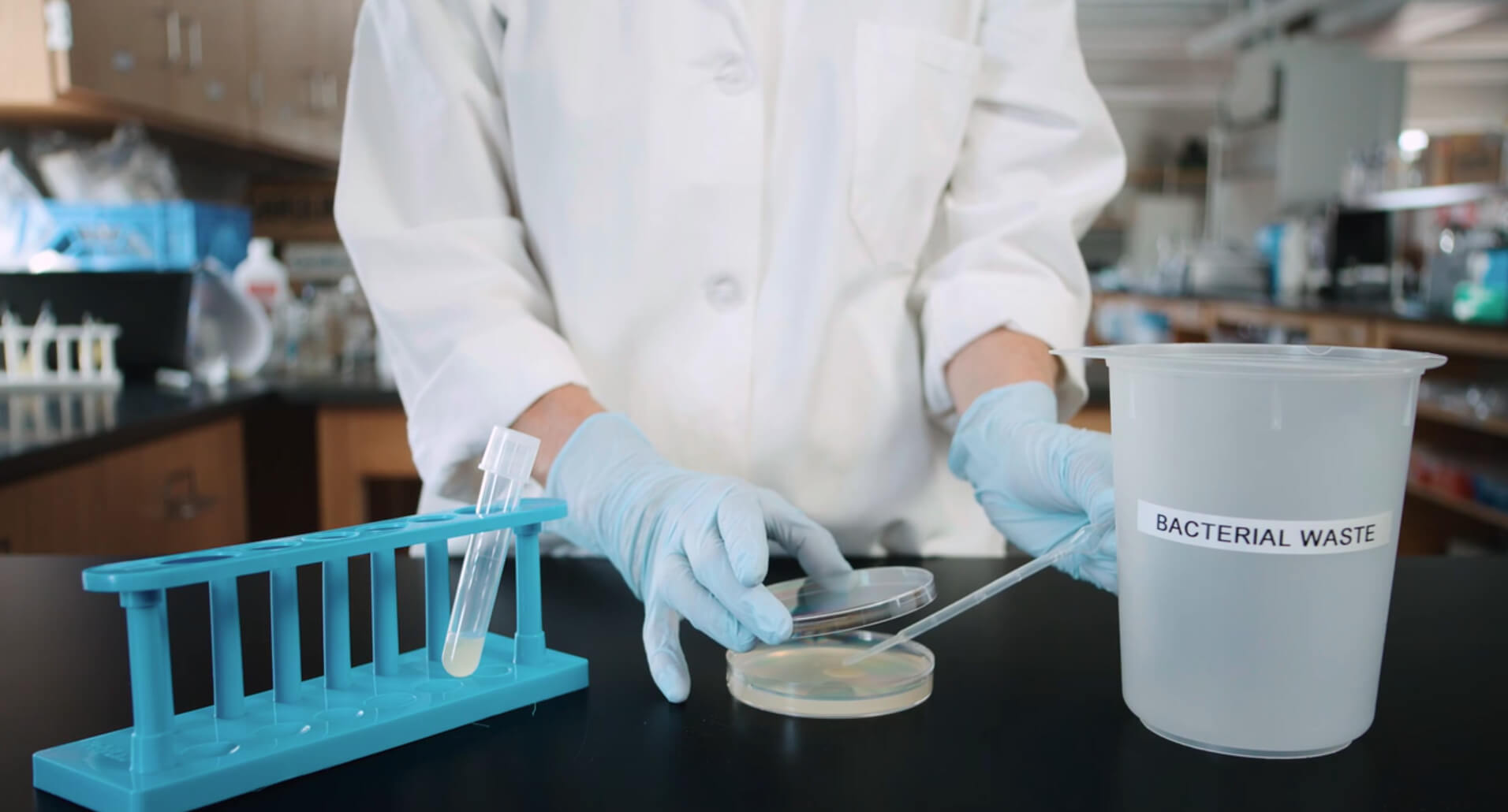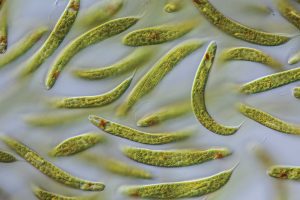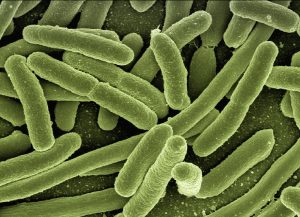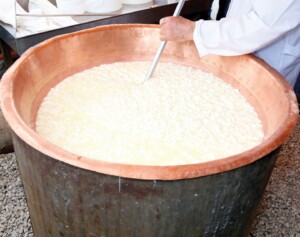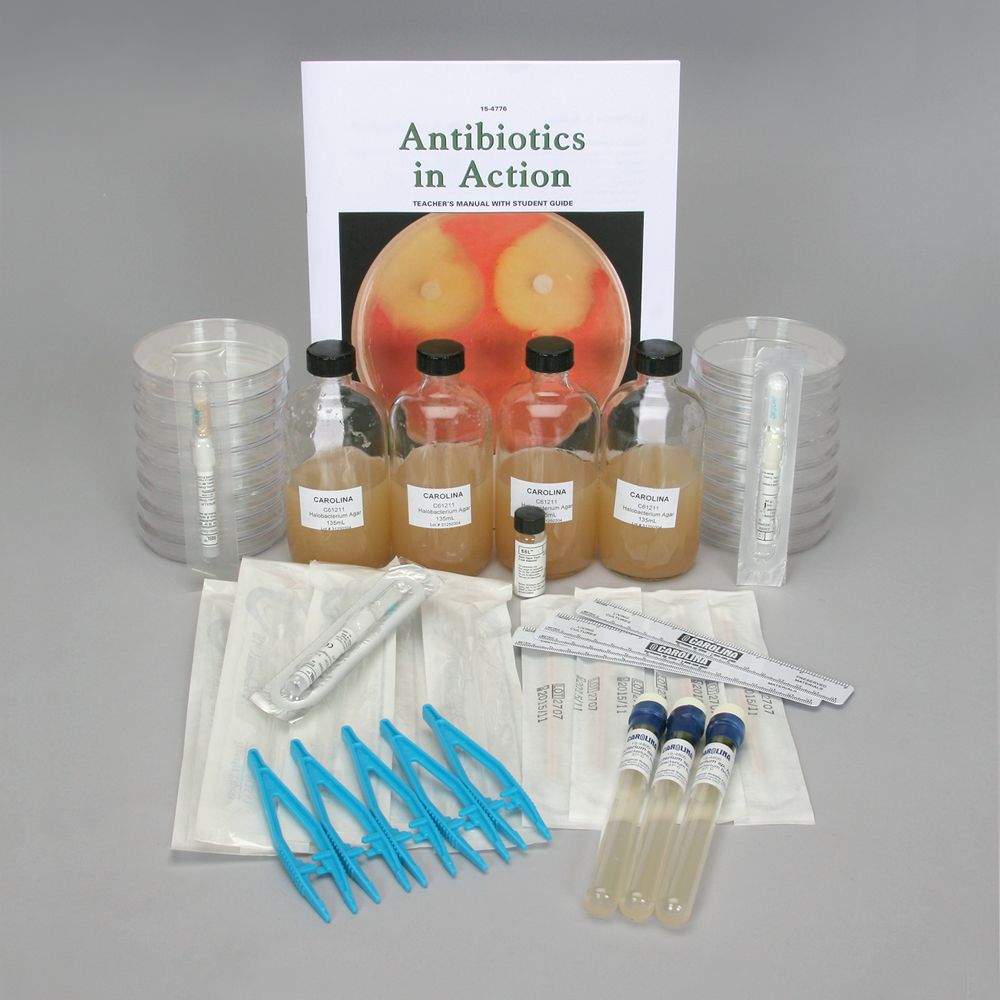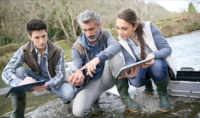Carolina LabSheets™
Overview
In this lab, students are introduced to Halobacterium, a representative of the Archaea, one of the three domains of life (along with Bacteria and Eukarya). Halobacterium is an extremophile, requiring a hypersaline environment for its growth. At the saline levels found in the human body, Halobacterium will lyse. This makes it one of the safest microbes for beginning students to use. Even so, have students handle Halobacterium with sterile techniques at all times. In fact, this is an excellent activity to allow students to practice sterile technique with a live culture.
Needed Materials
- Tube Culture Halobacterium Broth (154800)
- test tube rack
- Halobacterium Agar, 135-mL bottle (775950)
- Nutrient Agar, 125-mL bottle (776360)
- petri dishes
- inoculating loops
- Bunsen burners or
- alcohol lamps
- incubator
- resealable plastic bags
- notecards
- disinfectant
- laboratory markers
Safety
This activity requires that students work with cultures and open flames. Have students use sterile technique at all times and wear appropriate safety equipment. Ensure that all work surfaces are wiped down with disinfectant before and after the lab. Have students wash their hands before and after the lab. Destroy cultures remaining at the end of the lab by autoclaving or by flooding with disinfectant overnight before proper disposal.
Ensure that students understand and adhere to safe laboratory practices when performing any activity in the classroom or lab. Demonstrate the protocol for correctly using the instruments and materials necessary to complete the activities, and emphasize the importance of proper usage. Use personal protective equipment such as safety glasses or goggles, gloves, and aprons when appropriate. Model proper laboratory safety practices for your students and require them to adhere to all laboratory safety rules.
Procedures
Have students work individually or in pairs. If working in pairs, have one student inoculate the Halobacterium agar plate and the other, the nutrient agar plate.
If you are not using prepared media plates, you will need to pour plates on the day before the lab. One unit of 775950 or 776360 will pour four or five 100-mm plates. See our How to Melt and Pour Agar Plates video in the Teacher Resources at www.carolina.com.
Streaking plates
Each student team needs the following items and access to a broth culture of Halobacterium:
burner
nutrient agar plate
inoculating loop
laboratory marker
Halobacterium agar plate
incubating plates
Incubating plates
If you have no incubator, you may incubate plates at room temperature; however, it may be more than 2 weeks before the plates show growth of Halobacterium. Plates incubated at 47°C are ready in 7 days. If incubated at 37°C, plates are ready in 14 days. Sealing the plates in plastic bags during incubation greatly reduces water loss from the Halobacterium agar; however, even in the bags, salt crystals may form on the agar. This does not inhibit the growth of Halobacterium
Reading plates
Occasionally check the plates for signs of growth. Halobacterium produces streaks or individual colonies of a distinctive pink color on Halobacterium agar. Once growth is clearly evident, this portion of the lab can be completed. Unless there is contamination, the nutrient agar plates show no growth. If there is contamination, the streaks or colonies are visibly different from Halobacterium.
Occasionally, students may find a Halobacterium colony that is red or segmented pink and red. This results from the action of DNA insertion sequences, or transposons. For more information, see our kit Basic Microbiology Skills, Part 1.
Optional: You may want to incorporate into this lab a microbe that grows under conditions of normal salinity and demonstrates growth on nutrient agar but little or no growth on Halobacterium agar. If so, we recommend Escherichia coli K-12 (155068) or Bacillus cereus (154872) in nutrient broth. Incubate E. coli at room temperature or at 37°C (human body temperature). Incubate B. cereus at 30°C. Note that these cultures develop much faster than Halobacterium and their plates will be ready to read 24–48 hours after inoculation.
Another option is for students to start broth cultures of Halobacterium from brine salt inclusions (154777). A liquid culture is initiated by dropping a few of the salt crystals into a tube of Halobacterium Broth (821449). See our Halobacterium CareSheet for more on materials and methods.
Encourage students to research and report on similarities and differences between Archaea and Bacteria, and between Archaea and Eukarya.
Answer Key to Questions Asked on the Student Labsheet
In which of the following bodies of water, would you be most likely to find Halobacterium? (Circle your answers.)

Is Halobacterium an extremophile? Explain your answer.
Halobacterium is an extremophile. It requires an environment so saline as to inhibit the growth of most other microorganisms. Also acceptable: In order to answer the question, I would need to repeat the activity using microbes known to grow on nutrient agar without the addition of excess salt.


